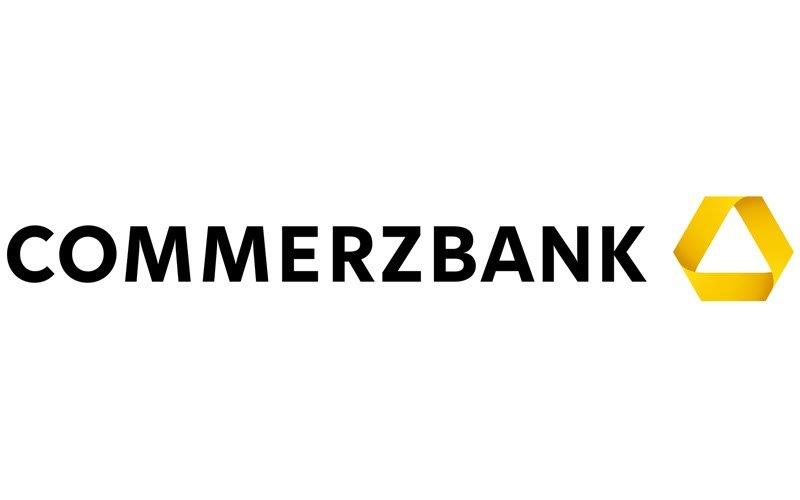In the Twittersphere, the word “Fintech” tends to provoke a lot of hot air. Speculation leads to everything from wild estimations and massive valuations to doomsday predictions and floccinaucinihilipilification. You aren't going to get that word into 140 characters easily, but the exaggerated fervorous lexicon endemic to “#FinTech” dictates that you should try to if you want to fit in. And it isn’t just Twitter; print media and digital news services regularly produce supercharged opinion articles that try so hard to “think the unthinkable” that the “thinkable” (and usually the reasonable) is of seemingly negligible importance. As I've said before, that is what happens when you create a portmanteau that attempts to define such far-reaching businesses and sectors. Readers will start to think that Bitcoin price fluctuations become, all of a sudden, of tantamount importance to a Peer to Peer lending platform.
In light of this, Crowdfund Insider’s headline “Germany’s Second Largest Bank, Commerzbank, said to Launch P2P Platform this Year” seems to suggest a familiar speculatory path is being trodden, particularly as it comes from “informed sources” whispering in the ear of the P2P-Banking.com blog. The article claims that German behemoth Commerzbank plans to launch its own P2P Lending marketplace, “Main Funders”, in 2016. Yet what is particularly interesting here is that this would be the first sign of a bank directly implementing an in-house peer-to-peer lending operation. Why is this interesting? Because it makes a lot of sense, and it could herald a huge change in the way people see peer to peer lending. Plenty of banks, both big and small, are showing an increased appetite for lending across platforms in both the UK, US and Europe. Under German law, only banks can fund loans; to bypass this all existing P2P lending companies in Germany partner with a transaction bank which originates the loan and then sells the proceeds (repayments and interest) to the investors: a complex procedure that is hardly widespread. By building its own platform, Commerzbank would circumvent some of the legal hurdles and provide the tailored, modern and agile solution to SME borrowing that the banks in the UK can’t (or won’t) provide, whilst also offering investors and savers an increase on the miserable rates they are all too used to.
Commerzbank has Main Incubator as their fintech accelerator offering venture capital to start ups, so it is an area that they should know well and more importantly have a vested interest in. This may sound like bad news for smaller peer to peer lending platforms who may fear being muscled out. However, it is more likely a case of “imitation is the sincerest form of flattery”: established banks bring the wealth, history and stature that could help Peer to Peer Lending escape from the bubble of hot air that is “Fintech”. However, is this really P2P lending? We have a bank, a highly regulated entity, entering a market that isn’t so highly regulated, certainly in terms of capital requirements. One of the things that has driven the banks away from SME lending is the large amounts of capital they have to put aside for these loans. This is behind the drive towards Invoice Discounting, which requires less capital to be put aside. Commerzbank’s solution could be that their P2P requires less capital than ordinary SME lending. There’s also the question as to whether Commerzbank, and other German banks, have made sufficient provision for the bad lending of the past. Is this a case of smoke and mirrors in the form of moving things around the balance sheet?
What is certain is that banks’ enthusiasm for P2P lending would produce solid, mutually beneficial relationships that can help SMEs and savers alike. Yes, there will inevitably be teething problems as the banks adapt to the fleet-footed world of P2P lending and the P2P lenders adapt their models to fit the strict regulatory processes of the banks. But Commerzbank’s embryonic P2P marketplace could be the trailblazer that sets the way for future banking… if it exists at all.


